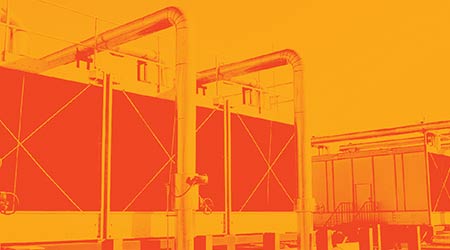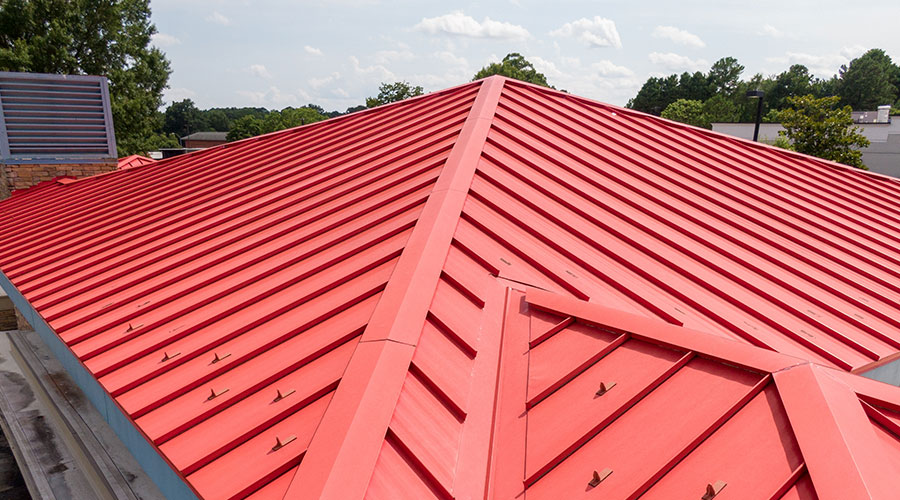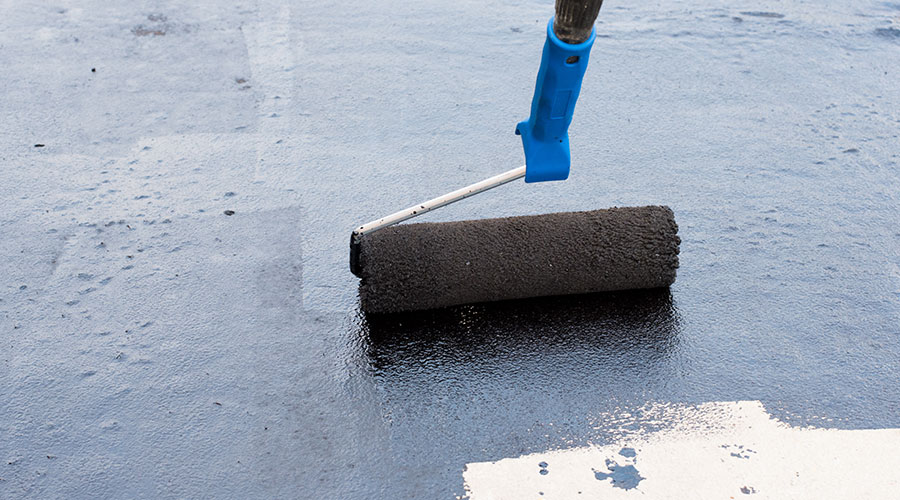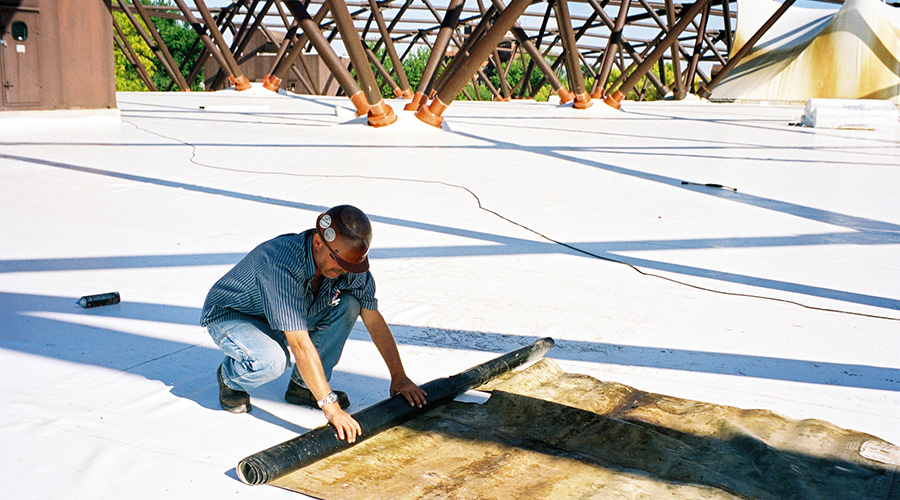 Regardless of the type of roofing system, one key strategy to keeping a healthy roof is to conduct routine inspections twice a year — after spring storms and before rains return in autumn.
Regardless of the type of roofing system, one key strategy to keeping a healthy roof is to conduct routine inspections twice a year — after spring storms and before rains return in autumn.Roof Repair vs. Replacement
When is the time that managers should replace a roof instead of continuing to repair it?
Ensuring the health of a roofing system — as well as that of the facility it must protect — at some point involves making a difficult decision. Is it better to continue inspecting and repairing the existing roof, or is it better for an organization’s financial health to instead recover or replace the roof?
“Unfortunately, there is no ‘One size fits all’ answer to this question,” Parker says. “It has too much to do with the location and use of the building. Some facilities aren’t critically impaired when there is a roof leak. Some buildings are located in geographic regions where it just doesn’t rain that often, and minor roof leaks once a year just aren’t a big deal. In other situations, the cost of the damage associated with the roof leak is significantly more than the cost to replace the roof.”
In each situation, a manager has to decide between the major cost and inconvenience of a roof recovery or replacement and the ongoing problems related to continuing to repair the roof, repairing water-damaged interior, and inconveniencing building occupants.
“Replacing a roof of any kind is a major capital investment,” Fields says. “Believe it or not, the replacement decision-making process begins when the installation of a new roof is completed. At that point, you estimate the life expectancy of the roof, and from there, a maintenance plan is crafted and adhered to.
“Maintenance may entail replacing a shingle or defective area, but at some point, no matter what type of roof is covering your facility, a replacement must be done. The best advice is to be diligent in your upkeep and honest with your budget. This way, when the time comes to replace the roof — and it will come — the blow is easier to absorb.”
Related Topics:














